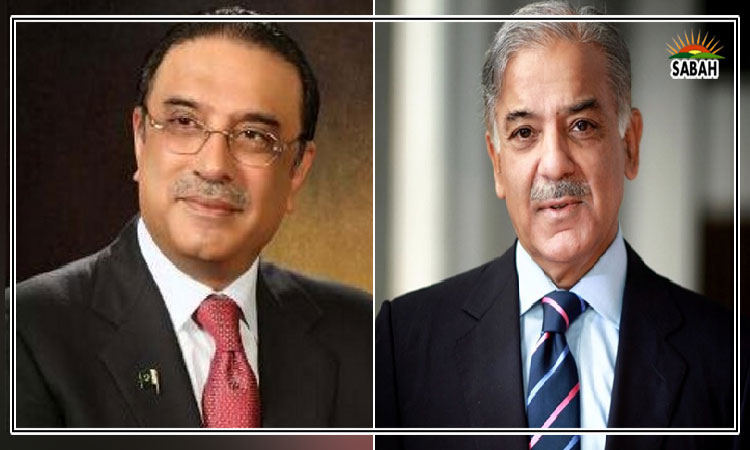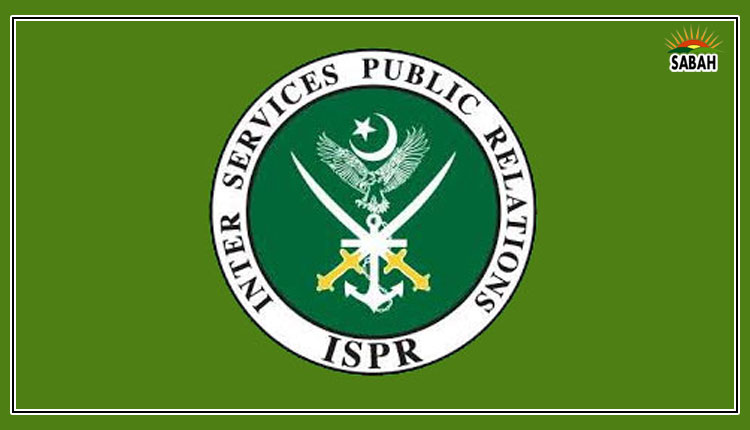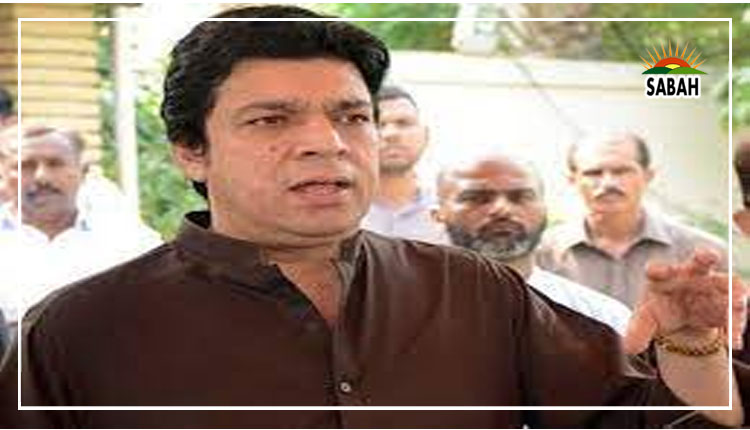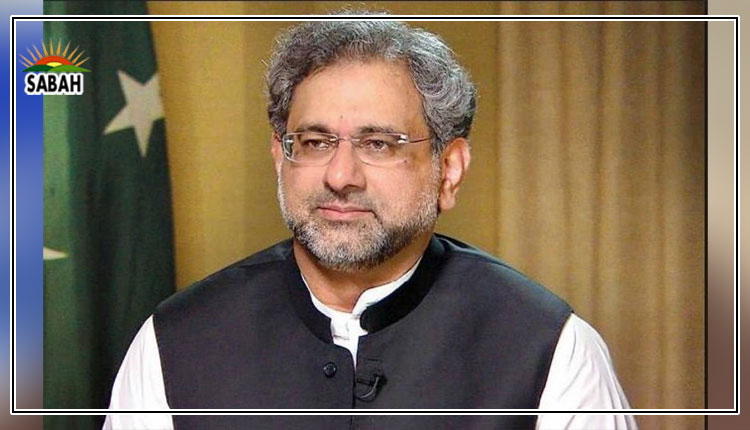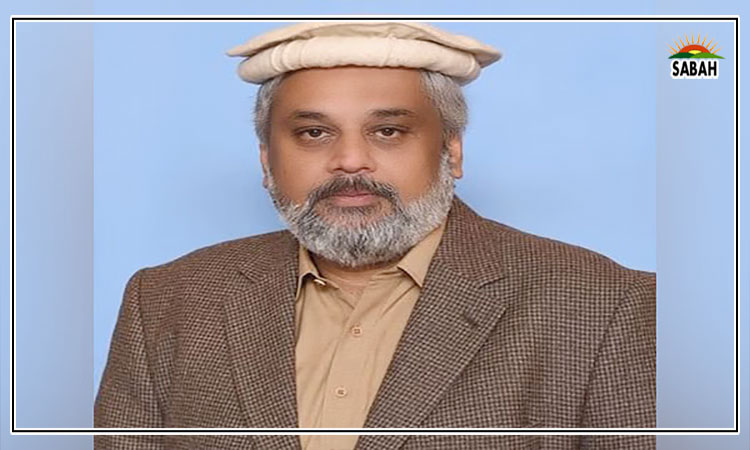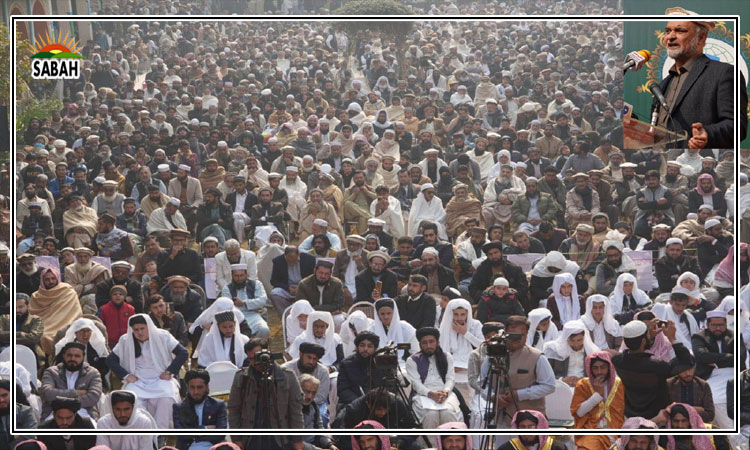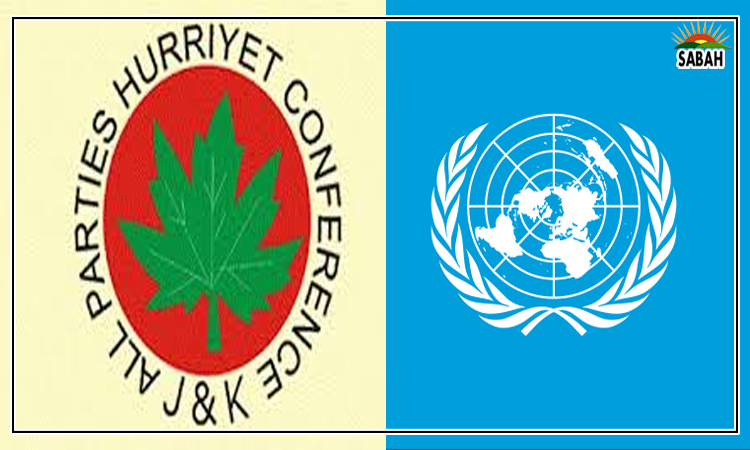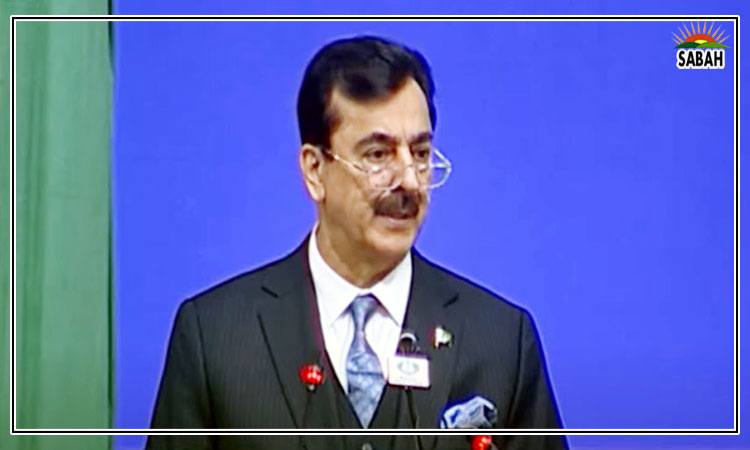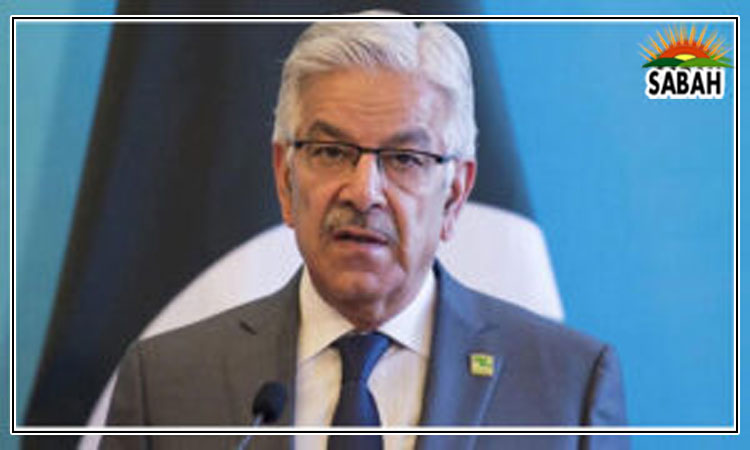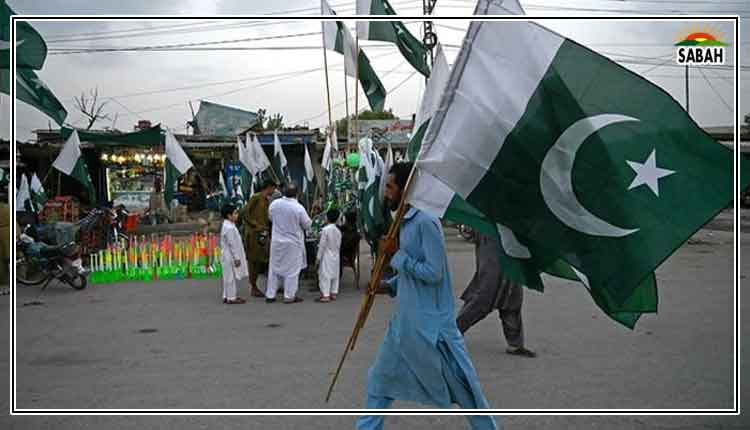Where is Brand Pakistan?…Jauhar Saleem
We live in a world of brands. The cars we drive, mobile phones we use, outfits and colognes we wear, accessories we carry, and fancy foods we consume are mostly branded.
However, the biggest brands in the world are not trillion-dollar companies such as Apple, LVMH, Tesla, Microsoft or Coca Cola, but rather countries. And their brand value matters almost as much as the corporate brands. Insightful estimates of national brands are now being regularly tabulated by specialists such as the UK-based Brand Finance.
Not surprisingly, the US leads the way with the highest national brand value in the world over $30 trillion. It is closely trailed by China at $23 trillion. Germany at $5 trillion, the UK at $4.8 trillion, Japan at $4.45 trillion, and France at $3.67.
Within South Asia, India has the highest brand value of almost $3 trillion, greater than that of Italy or Canada, while Bangladesh boasts the second position with a brand worth $508 billion.
Pakistan should have been ahead of Bangladesh, given its (five times) bigger size, population, natural resource base and tourism potential. Sadly, that is not the case, and Pakistans estimated brand value is a paltry $232 billion. Just a few decades ago, Bangladesh was considered a basket case economy, categorized as a least developed country (LDC), while Pakistan was seen as an emerging economy having already achieved low middle income country status.
A countrys brand value is proportionate to its GDP size, but usually a significantly higher number. For instance, in 2023, the US had a GDP of $26 trillion, but a brand value of $30 trillion, while Chinas GDP was only $18 trillion, against a brand value of $23 trillion. In our neighbourhood, Bangladeshs GDP was valued at $455 billion, but its brand value crossed half a trillion.
The only unenviable exception was Pakistan with a country brand value of $232 billion, significantly lower than its GDP of $340 billion. What could explain this unfortunate anomaly?
While a countrys economic prowess GDP, FDI, debt & trade profile, corporate innovation, GERD) plays a major part in building its brand, several other factors such as political and social stability, security situation, cultural dimension, tourism potential, ease of business & travel, and national narrative are important contributing factors.
During my tenures as Pakistans ambassador in Berlin and Rome, I met many Europeans who would reminisce over how Pakistan was seen in the 1960s as a rising star in Asia after Japan. That was also the time when world leaders flocked to Pakistan and the country was widely seen as an exotic place, with a unique history quite worth a visit.
PIA was one of the well-known airlines of the world and most flights from Europe to East Asia had a stop-over in Karachi. Emirates Airlines, Singapore Airlines and Air Malta, all owed their setting up process to PIA. Pakistani banks dominated the financial sector in many Gulf countries, and rich Arabs visited Karachi for shopping and leisure. Pakistan was on course to develop a solid industrial base, credible national institutions and a promising entertainment industry. Pakistan was also known for excellence in world sports such as field hockey and squash and frequently hosted international sports competitions.
The 1965 war may have triggered the unravelling of Pakistans economic take off, but it was Bhuttos nationalization policy that arguably accelerated the trend, stunting Pakistans industrialization drive at a time when countries in East Asia were emerging as Asian Tigers. Some of the leading Pakistani business entities, which had the potential to replicate the miracle of Korean chaebols, packed up and relocated.
Gen Zias rule of repression turned out to be a decade of decadence for Pakistan in more ways than one: Pakistan achieved a consumption based high GDP growth financed by Western assistance in lieu of strategic tradeoffs, which allowed a false sense of affluence. Yet, the countrys industry gradually lost the ability to compete with the world and its economy increasingly relied upon export of whatever skilled workers it produced.
In the cultural domain, Zias coercive puritanism and a deeply flawed drive to reinvent Pakistans social ethos allowed India to sequester a major share of our rich cultural heritage by presenting it as its own. The extremism and militancy ignited by the Afghan Jihad and its aftermath resulted in political and social instability, and the consequent terrorism led to grave insecurity. Western travel advisories started placing Pakistan in the category of most dangerous countries, discouraging tourists, businessmen and investors alike.
The Musharraf era, with its pretense to liberalism, could have undone Zias dark imprint at a time when Pakistan once again enjoyed Western aid-enabled economic boom, but the opportunity was missed amidst continued spillover from Afghanistan. The frequently changing political governments, before and after the Musharraf regime, neither had the capacity nor enjoyed the stability to bring about any meaningful turnaround.
Yet, that is one side of the story centering on events and factors which impacted our economy and society, and in turn the countrys brand. It does not explain successful endeavours elsewhere to build soft power in the face of similar challenges. For instance, China is seen by the West as an authoritarian state lacking fundamental freedoms. While Egypt, Turkey, Sri Lanka, Bangladesh and India have all faced myriad economic, political and security challenges yet managed to sustain and build upon their soft power.
A remarkable example of brand building is the UAE where the majority population is South Asian. It ranked number one in the world in Nation Brand performance for the second year in a row in 2023. While its GDP was worth around half a billion dollars during this period, its brand value approached a trillion dollars despite the country being perceived by Western observers as an absolute monarchy where overseas workers are being exploited, and which has been placed in the FATF grey list. The UAE has worked wonders in building its soft power and reaped matching dividends.
Unfortunately, in Pakistans case we have withered in the face of the challenges we faced, and no serious efforts were witnessed towards bolstering our countrys brand.
That brings to the fore two critical questions: Why is soft power important? And what can be done to repair and burnish our brand?
Brand value greatly influences a countrys ability to attract investment, tourism and trade in the economic realm, and adds to its influence and standing in international affairs. Since World War II, the US has either lost or been stalemated in almost all the military conflicts it has been involved in, yet it won the cold war and continues to be the preeminent power in the world primarily because of its soft power.
Sadly, I have seldom witnessed amongst our policymakers anything more than a superficial understanding of how soft power works, or any importance being placed on building the countrys brand, notwithstanding the hackneyed lip service paid to promoting a soft image of Pakistan.
In a follow up piece, I will endeavour to explain how we can build a worthwhile country brand, despite the multiple challenges we face, which would in turn help our country improve upon its fundamentals.
Courtesy The News


